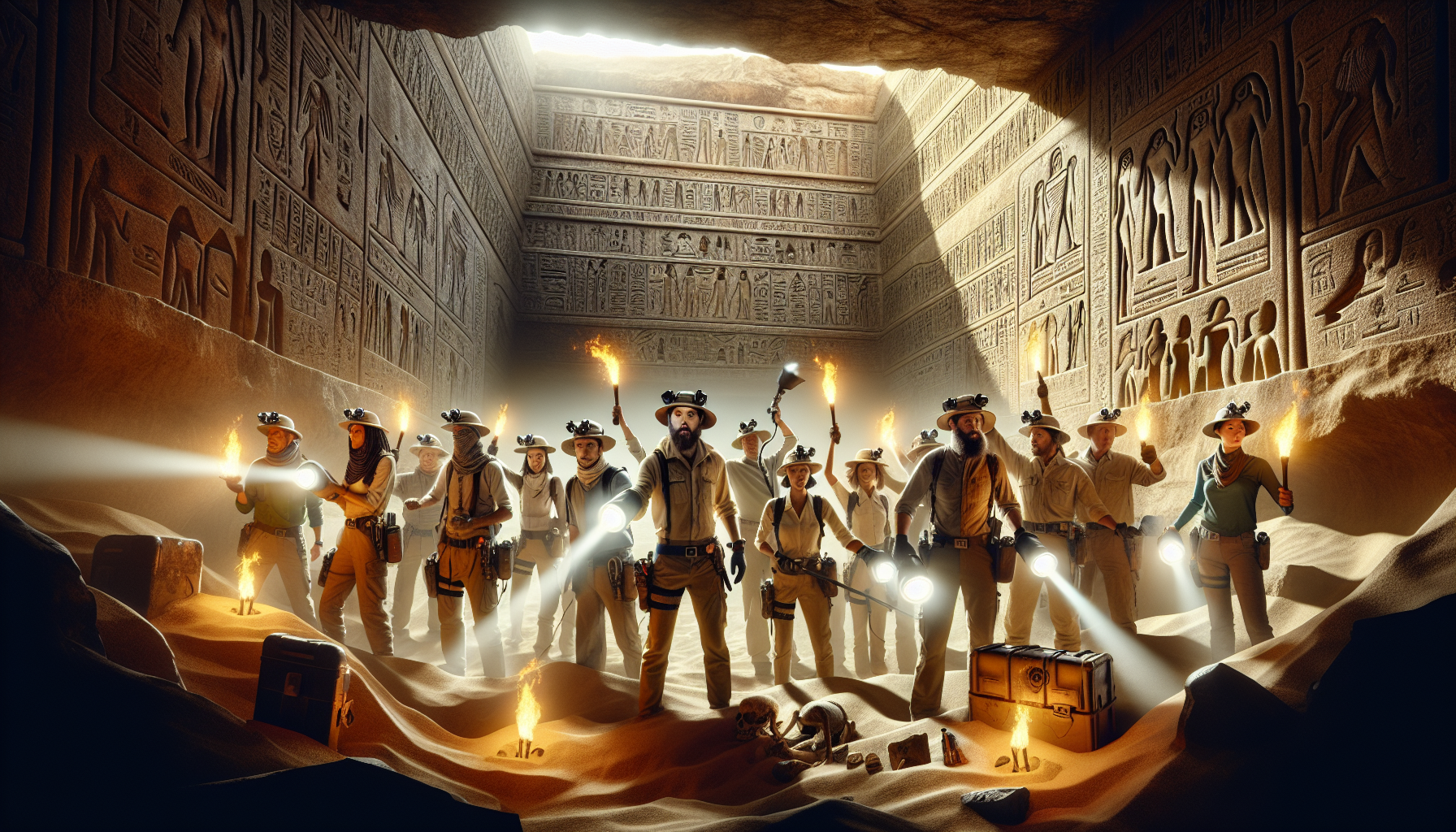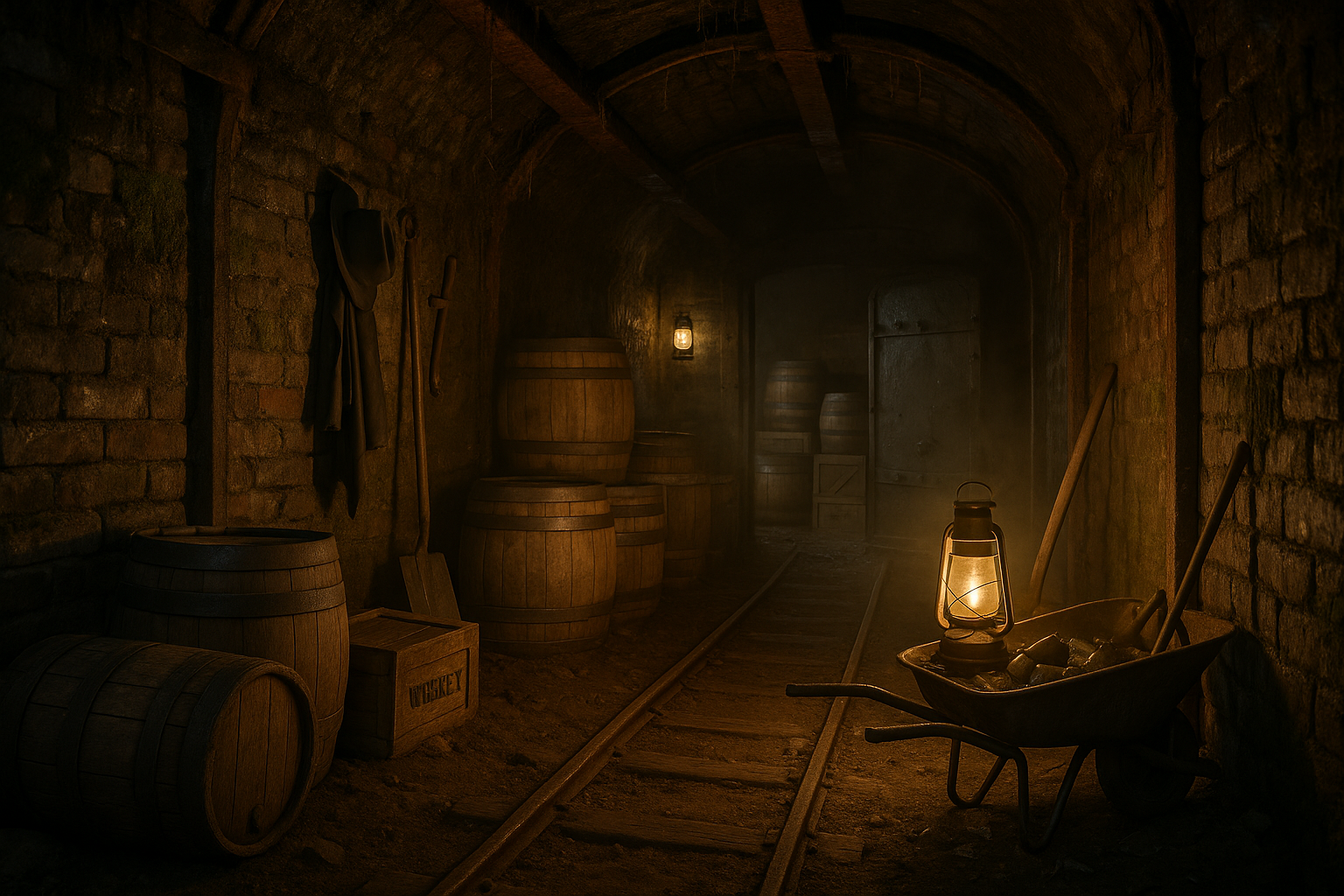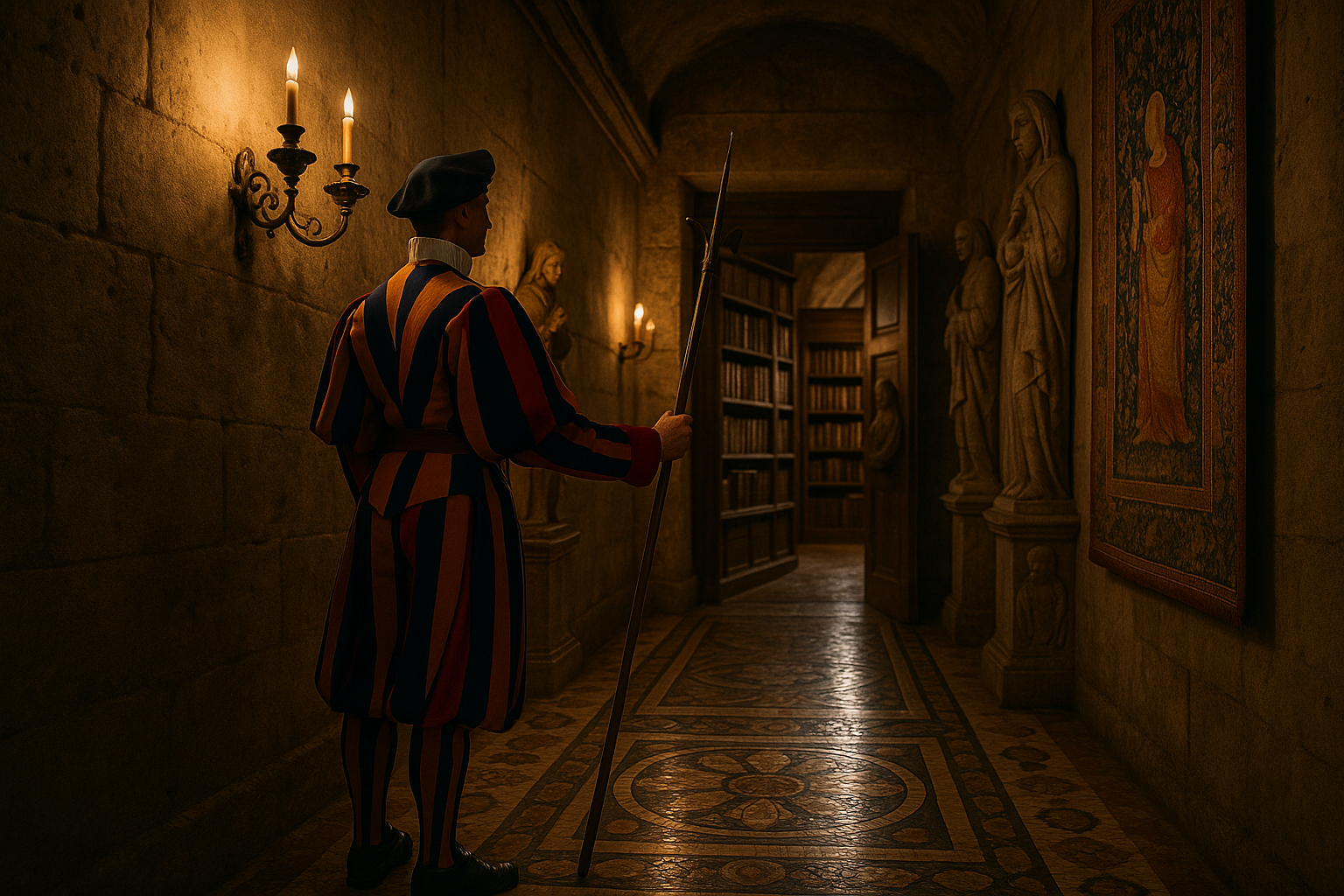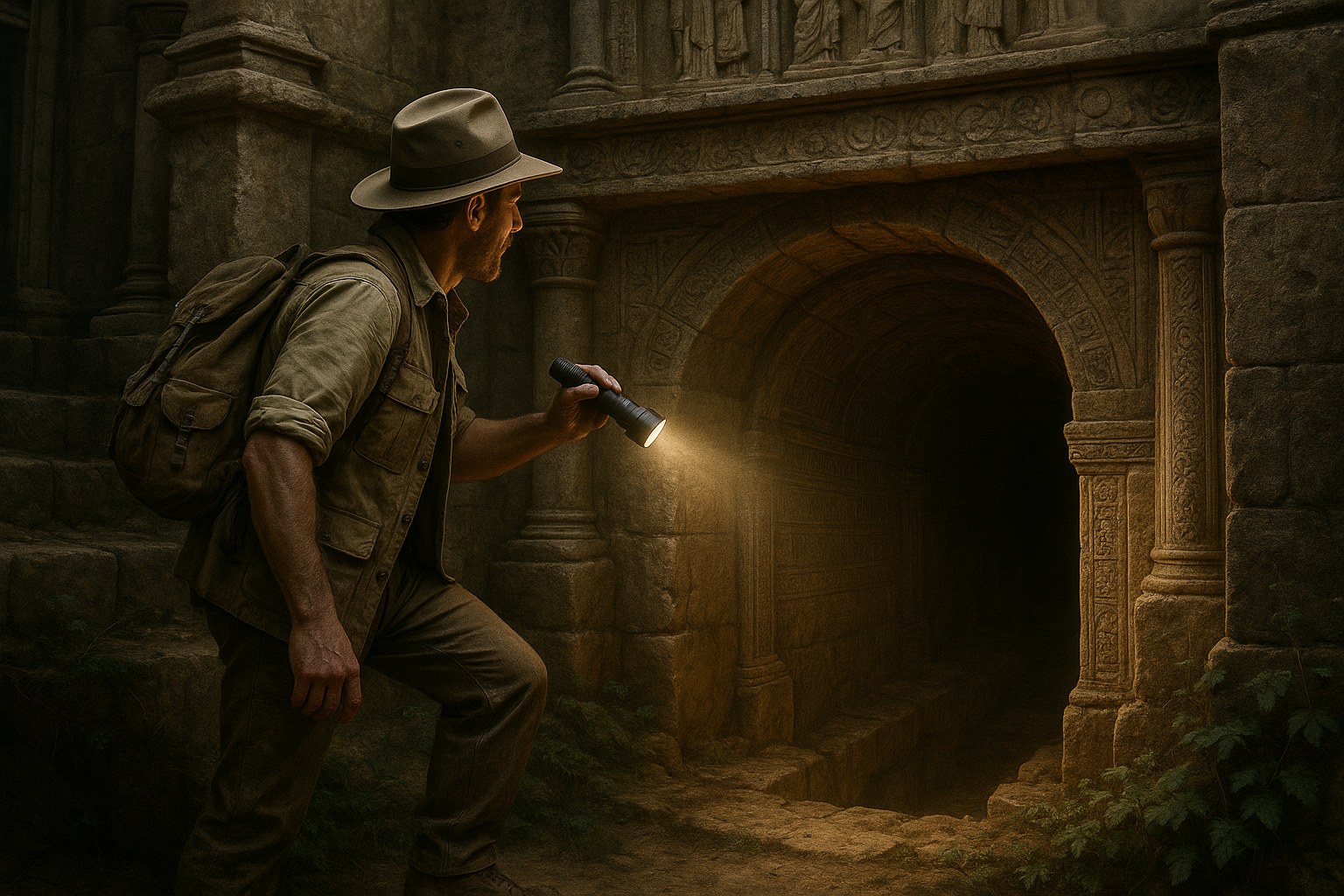In the heart of the Egyptian desert, where the golden sands stretch endlessly under a searing sun, lie some of the most awe-inspiring architectural marvels of the ancient world: the pyramids. These colossal stone structures have fascinated humanity for millennia, not only for their grandeur but also for the enigma they represent. Who were the masterminds behind these monumental edifices? What secrets do their ancient stones hold? For centuries, historians, archaeologists, and adventurers have pondered these questions, drawn to the pyramids like moths to a flame, eager to unlock their secrets and uncover the mysteries of a civilization that continues to captivate us. 🌍
Imagine standing at the base of the Great Pyramid of Giza, one of the Seven Wonders of the Ancient World. The sheer scale of this structure is enough to leave anyone in awe, but what truly intrigues the mind are the hidden chambers believed to lie within. Many have speculated about these secret rooms, sparking tales of hidden treasures, ancient texts, and unknown hieroglyphs waiting to be discovered. These stories, while captivating, barely scratch the surface of the pyramids’ true historical and cultural significance. Recent technological advancements have opened new doors—literally and figuratively—leading us closer than ever to unveiling these hidden chambers and understanding their purpose. 🔍
In this article, we embark on an extraordinary journey through time, delving into the history of the pyramids and the ongoing efforts to explore their mysterious depths. We begin by examining the rich historical context that gave rise to these monumental structures. From the early dynastic periods to the era of the New Kingdom, each phase of Egyptian civilization contributed to the development and refinement of pyramid construction, reflecting a complex tapestry of religious, political, and social elements. We’ll explore the architectural evolution of these structures and the technological feats that made them possible, shining a light on the brilliant minds behind their creation.
As we delve deeper, we will explore the fascinating stories of past explorations and the modern-day technologies revolutionizing our understanding of these ancient wonders. From the pioneering work of early archaeologists to the cutting-edge techniques of today, such as ground-penetrating radar and muon tomography, we will uncover how these methods are revealing hidden corridors and chambers previously thought inaccessible. This ongoing research is not only uncovering physical spaces but also providing insights into the lives of those who built these incredible monuments, offering glimpses into their beliefs, customs, and everyday experiences.
Finally, we will consider the implications of these discoveries for our understanding of ancient Egyptian society and the broader narrative of human history. What do these hidden chambers reveal about the spiritual and cultural priorities of a civilization that thrived thousands of years ago? How do these findings challenge or confirm existing theories about the pyramids’ purpose and construction? Join us as we unravel the mysteries of the pyramids, piecing together a story that bridges the gap between ancient times and the present, offering a testament to human ingenuity and the timeless quest for knowledge. This journey promises to be as enlightening as it is enthralling, inviting us to marvel at the past while contemplating the endless possibilities that lie ahead. 🗝️✨
The Mystique of the Pyramids
For centuries, the pyramids have stood as monumental testaments to the ingenuity and spirit of ancient civilizations. These awe-inspiring structures, most famously exemplified by the Great Pyramid of Giza, have long captivated the imaginations of historians, archaeologists, and tourists alike. The allure of the pyramids stems not only from their grandiosity but also from the mysteries that lie within. Despite extensive study, there remain many questions about their construction, purpose, and the secrets that their hidden chambers may hold.
The pyramids, primarily those in Egypt, were constructed during a period known as the Old Kingdom, around 2,500 BCE. The construction techniques employed by the Egyptians have been the subject of much speculation. How did a civilization without modern machinery achieve such architectural feats? While there are many theories, from the use of ramps to the potential involvement of extraterrestrial assistance, none have been conclusively proven. This enduring mystery fuels ongoing research and exploration.
One of the most intriguing aspects of the pyramids is the potential existence of hidden chambers. Recent advances in technology, such as muon tomography, have allowed scientists to peer into these ancient structures without causing any damage. These non-invasive techniques have revealed anomalies that suggest the presence of voids or chambers that have yet to be explored. What might these spaces contain? Could they hold treasures or perhaps clues to the secrets of the ancient world? The possibilities are as exciting as they are numerous.
Technological Advances in Exploration
The exploration of the pyramids has been revolutionized by technology. Traditional archaeological methods have given way to innovative techniques that allow researchers to gain insights without the need for physical intrusion. One such method is muon radiography, which uses cosmic rays to create images of the pyramids’ internal structures. This technique has already identified several voids within the Great Pyramid of Giza, sparking excitement and further investigation.
Another promising technology is ground-penetrating radar (GPR), which sends radio waves into the ground to detect buried structures. GPR has been instrumental in discovering hidden chambers and tunnels in various archaeological sites worldwide, and its application to the pyramids is providing new avenues for exploration. These technologies not only preserve the integrity of these ancient structures but also open up new possibilities for understanding their mysteries.
The introduction of drones equipped with high-resolution cameras has also been a game-changer. These drones can capture images and data from vantage points that were previously inaccessible. This bird’s-eye view allows researchers to analyze the pyramids in new ways, potentially uncovering clues that have gone unnoticed for millennia. As technology continues to evolve, so too will our ability to unravel the secrets of the pyramids.
Table: Comparison of Exploration Technologies
| Technology | Method | Advantages | Challenges |
|---|---|---|---|
| Muon Radiography | Uses cosmic rays to map internal structures | Non-invasive, detailed imaging | Requires interpretation, limited resolution |
| Ground-Penetrating Radar (GPR) | Sends radio waves into the ground | Detects buried structures, versatile | Depth limitations, requires expert analysis |
| Drones | High-resolution aerial imaging | Accessible, comprehensive views | Weather dependent, limited flight time |
Watch the video below to see how these technologies are being applied in the field of archaeology:
Inside the Great Pyramid of Giza | National Geographic
Unraveling the Historical Significance
The pyramids are more than just architectural marvels; they are a window into the civilization that constructed them. Understanding their historical significance requires an exploration of their cultural, religious, and political contexts. The ancient Egyptians believed in the afterlife, and the pyramids served as monumental tombs for pharaohs, who were considered divine. These structures were designed to ensure a smooth transition to the afterlife, with chambers filled with treasures and items deemed necessary for the journey.
Furthermore, the construction of the pyramids was a testament to the organizational and administrative prowess of the ancient Egyptians. Coordinating the labor force, estimated to be in the tens of thousands, as well as the resources needed for such a colossal project, speaks volumes about the society’s capabilities. The pyramids also reflect the Egyptians’ astronomical knowledge, with the orientation of the structures aligned to cardinal points and certain stars, indicating a deep understanding of celestial phenomena.
The political implications of the pyramids cannot be overlooked. They were a symbol of the pharaoh’s power and a means to legitimize his rule. By constructing such magnificent structures, pharaohs demonstrated their divine connection and authority. This political dimension adds another layer to the pyramids’ significance, highlighting their role in maintaining social order and cohesion.
Theories and Speculations: What Lies Beneath?
Despite centuries of study, the pyramids continue to fuel speculation and debate. What treasures and knowledge might the hidden chambers contain? Some scholars suggest that these spaces could hold valuable artifacts or even previously unknown texts that could shed light on ancient Egyptian history. Others posit more unconventional theories, such as the possibility of secret tunnels leading to other undiscovered sites.
There are also those who believe that the pyramids may contain evidence of lost technologies or civilizations. The precision and scale of these structures have led some to hypothesize about advanced engineering techniques that have been lost to history. These theories, while speculative, underscore the enduring fascination with the pyramids and the desire to uncover their secrets.
- Explore the latest archaeological discoveries.
- Learn about the historical context of the pyramids.
- Stay updated with cutting-edge exploration technologies.

Conclusion
In conclusion, the exploration and understanding of the hidden chambers within the pyramids stand as a testament to human curiosity and the relentless pursuit of knowledge. Throughout this article, we have delved into the fascinating world of Egyptology and archaeology, uncovering how modern technology and ancient history intertwine to reveal secrets long concealed within these monumental structures.
We began by exploring the historical context of the pyramids, emphasizing their significance as architectural marvels of the ancient world. These structures, particularly the Great Pyramid of Giza, have long captivated historians, archaeologists, and the general public alike, symbolizing both the ingenuity and the mysteries of ancient Egyptian civilization.
The discussion then transitioned to the innovative techniques used in recent explorations, such as advanced imaging technologies and non-invasive archaeological methods. These tools have allowed researchers to map and analyze the pyramids’ internal structures without causing damage, shedding light on hidden chambers and passages that were previously inaccessible. By employing tools like muon radiography and 3D laser scanning, scientists have gained unprecedented insights into the construction and purpose of these enigmatic spaces.
Moreover, we examined the potential implications of these discoveries. The hidden chambers could provide vital information about the rituals, beliefs, and daily lives of the ancient Egyptians, offering a more comprehensive understanding of their culture and society. This new knowledge not only enriches our historical narrative but also inspires future generations to continue exploring and learning from the past.
The importance of these findings cannot be overstated. They challenge our preconceptions about ancient engineering capabilities and invite us to reconsider the narratives we’ve long held about human history. These explorations demonstrate that there is still much to learn from the ancient world, and that each new discovery has the potential to reshape our understanding of history.
As we reflect on these remarkable achievements, it becomes clear that the quest to uncover the secrets of the pyramids is far from over. The dedication and perseverance of archaeologists and researchers around the world serve as a powerful reminder of the endless possibilities that await those who dare to seek out the unknown.
To the readers, I encourage you to remain engaged with this captivating field of study. Share this article with friends and family, spark discussions about the wonders of ancient civilizations, and perhaps even consider participating in or supporting archaeological endeavors. The pursuit of knowledge is a collective effort, and by fostering curiosity and dialogue, we can continue to unlock the mysteries of our past.
For those interested in diving deeper into this topic, I recommend exploring reputable sources such as National Geographic, The British Museum, and Archaeology Magazine for further reading and exploration.
In essence, the journey to understand the pyramids is a journey to understand ourselves. It is a testament to the resilience, creativity, and unyielding spirit of humanity. As we continue to unveil the hidden chambers of the pyramids, we not only uncover the secrets of a lost civilization but also illuminate the path forward for future explorations and discoveries. Let this serve as an inspiration to embrace the unknown and to celebrate the endless pursuit of knowledge and discovery. 🌟
Toni Santos is a visual storyteller and artisan whose work explores the quiet power of what lies beneath. With a deep fascination for subterranean and hidden architecture, Toni uncovers the layers, voids, and forgotten spaces that shape our built environment from the shadows.
His art is a journey through the unseen — from ancient underground chambers to sealed passageways, service tunnels, and foundations buried in time. Each creation tells a story of silence, secrecy, and structure — revealing how absence and concealment can be just as meaningful as what’s visible above ground.
Whether working through visual compositions, architectural studies, or symbolic handcrafted pieces, Toni captures the soul of hidden spaces. His work bridges art and archaeology, blending design with discovery. Trained in visual design and traditional techniques, Toni creates with intention. His pieces don’t just depict — they interpret, inviting viewers to rethink what space, memory, and architecture mean when they’re hidden from view.
As the creative force behind Vizevex, Toni shares this perspective through curated visual narratives, symbolic collections, and interpretive essays that give voice to the quiet geometries beneath our feet.
His work is a tribute to:
The mystery of spaces built to be forgotten
The symbolism embedded in foundations, voids, and passageways
The timeless connection between human intention and hidden structure
Whether you’re an artist, an urban explorer, or someone fascinated by the unseen frameworks that support our world, Toni invites you into a realm where architecture becomes myth — one corridor, one layer, one buried story at a time.





